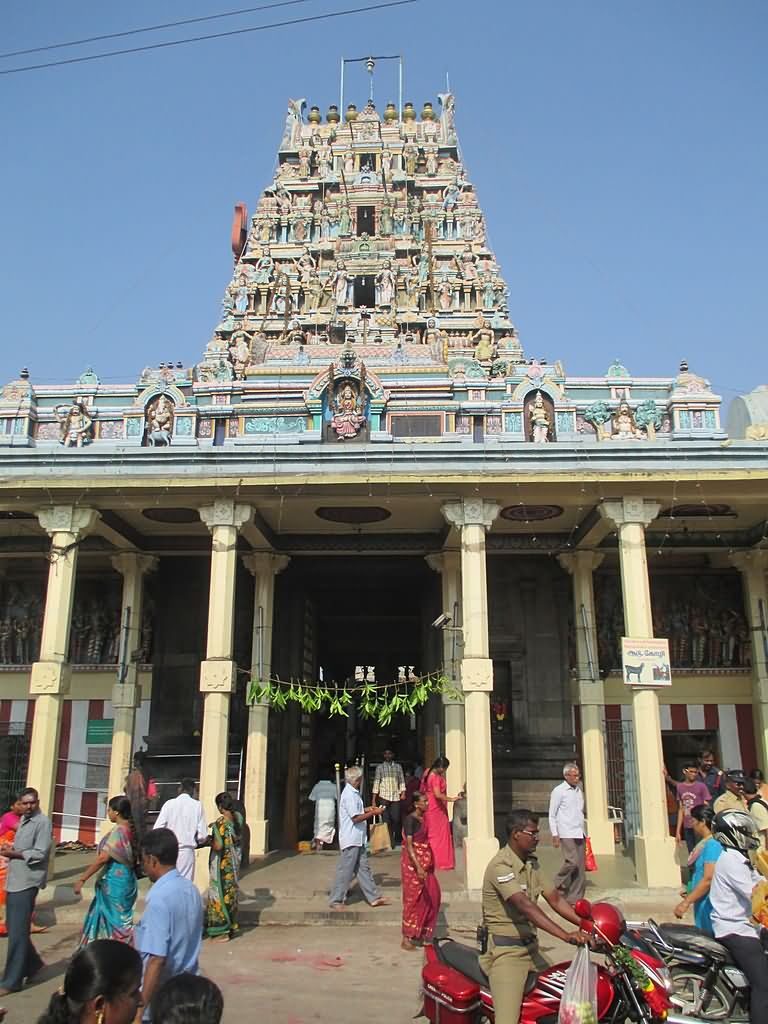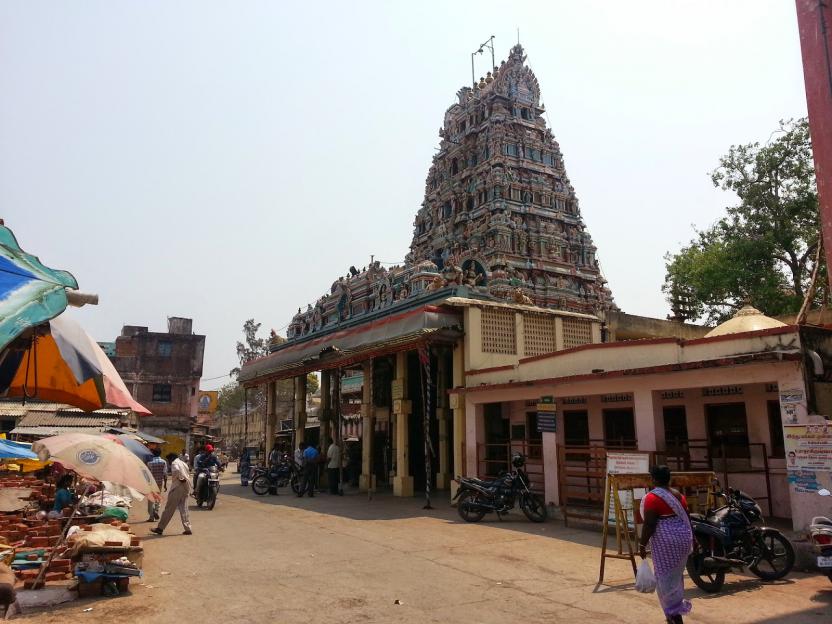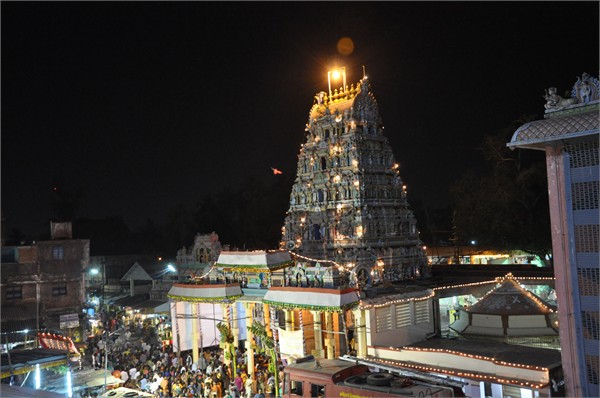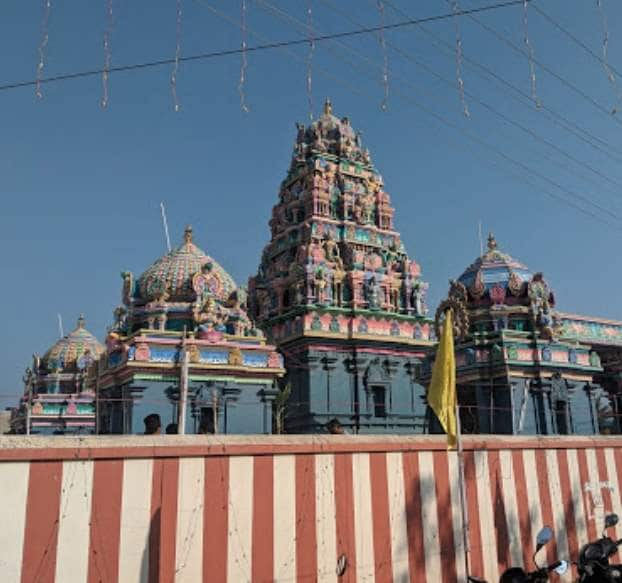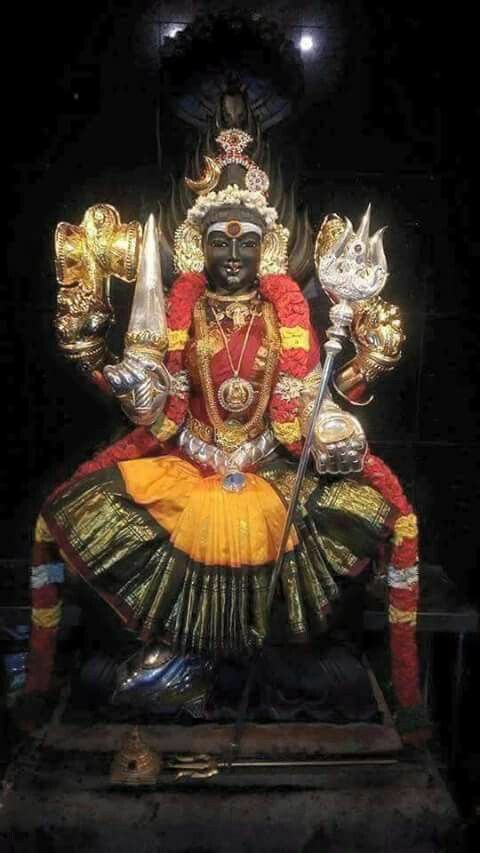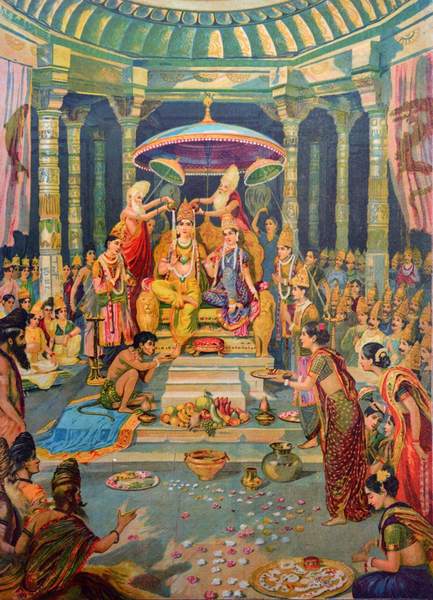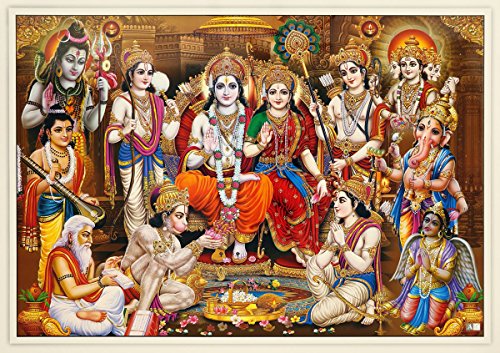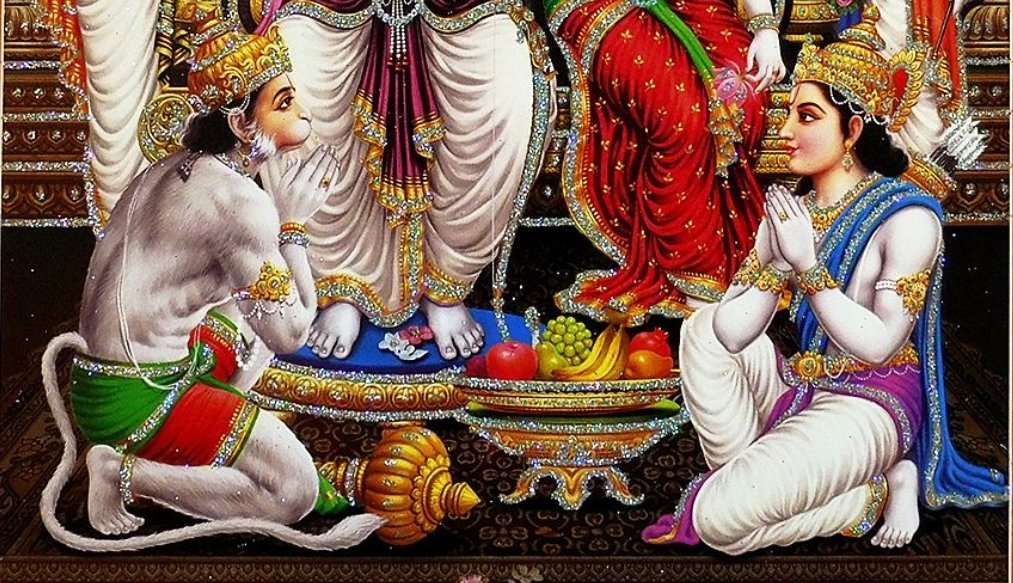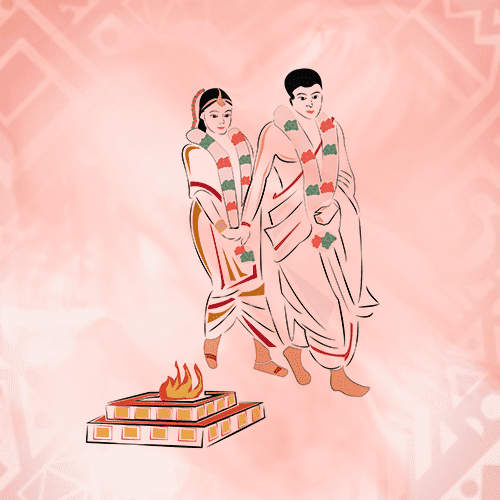“In context of media reporting, farmer killings are the most reported type of murder in SA. Research by minority white-rights org. AfriForum found more than 70% of farm murders were reported in the press - compare this to femicide, where less than 20% of murders ever appeared.”
More from Farmer protest
Do read this thread. 🙏
Since Farmers protest, Troll Army has been hyperactive digging out old and unrelated vidoes/images and linking it to Farmers protest to demean the protesters. Just like they did for CAA/NRC protesters in Dec-Feb.
Here are a few #AltNewsFactCheck
1/n
A photo that predates both the farmers' protest and the introduction of agricultural reform ordinances approved in June was falsely shared as Muslim man disguised as Sikh to participate in the agitation. #AltNewsFactCheck
2/n
https://t.co/y37jn81Gw9
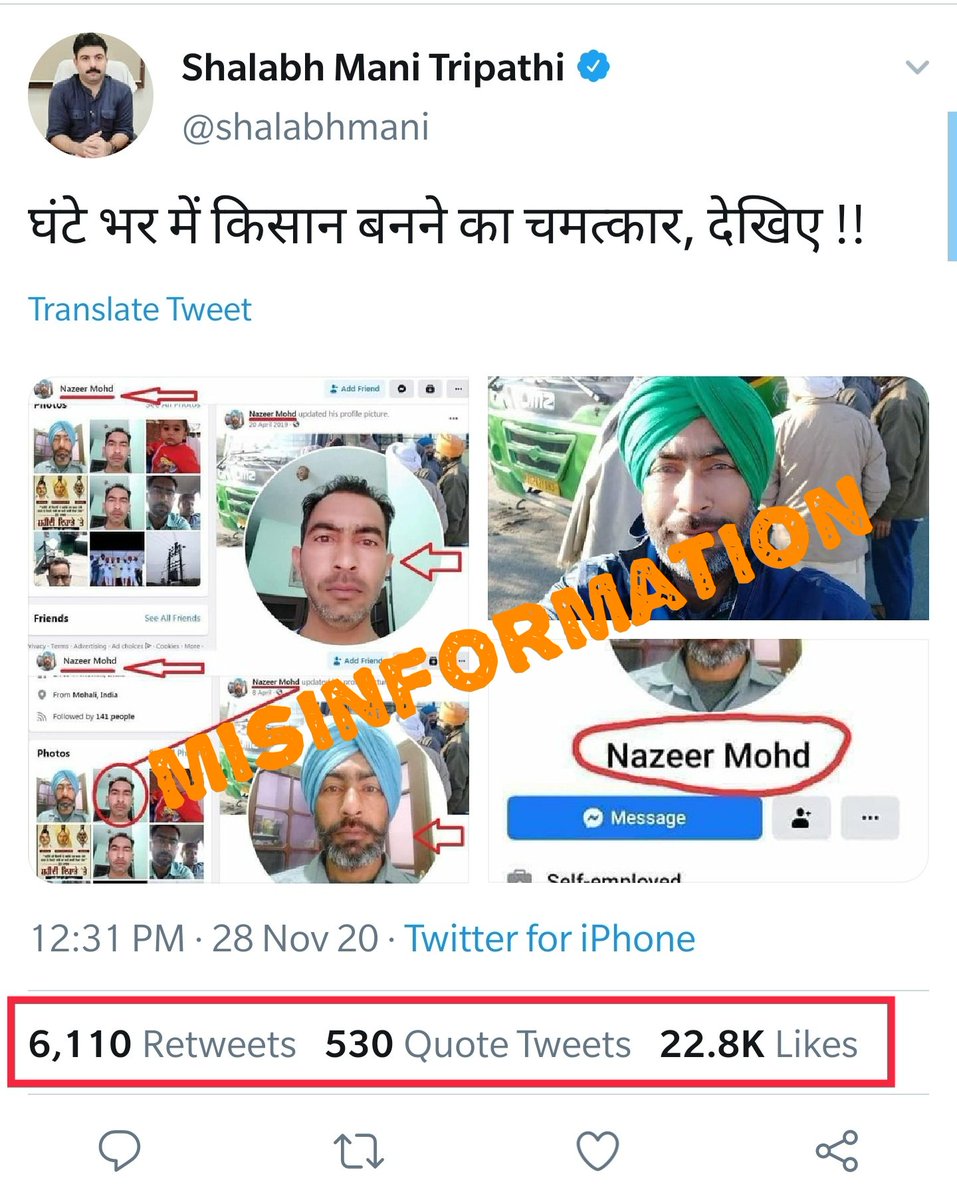
A photo of an elderly woman participating in a farmers' protest in Punjab in October was shared with the false claim that she is 'Shaheen Bagh Dadi' Bilkis Bano who was present in the recent farmers' protest. #AltNewsFactCheck 3/n
https://t.co/VU524UGTw4
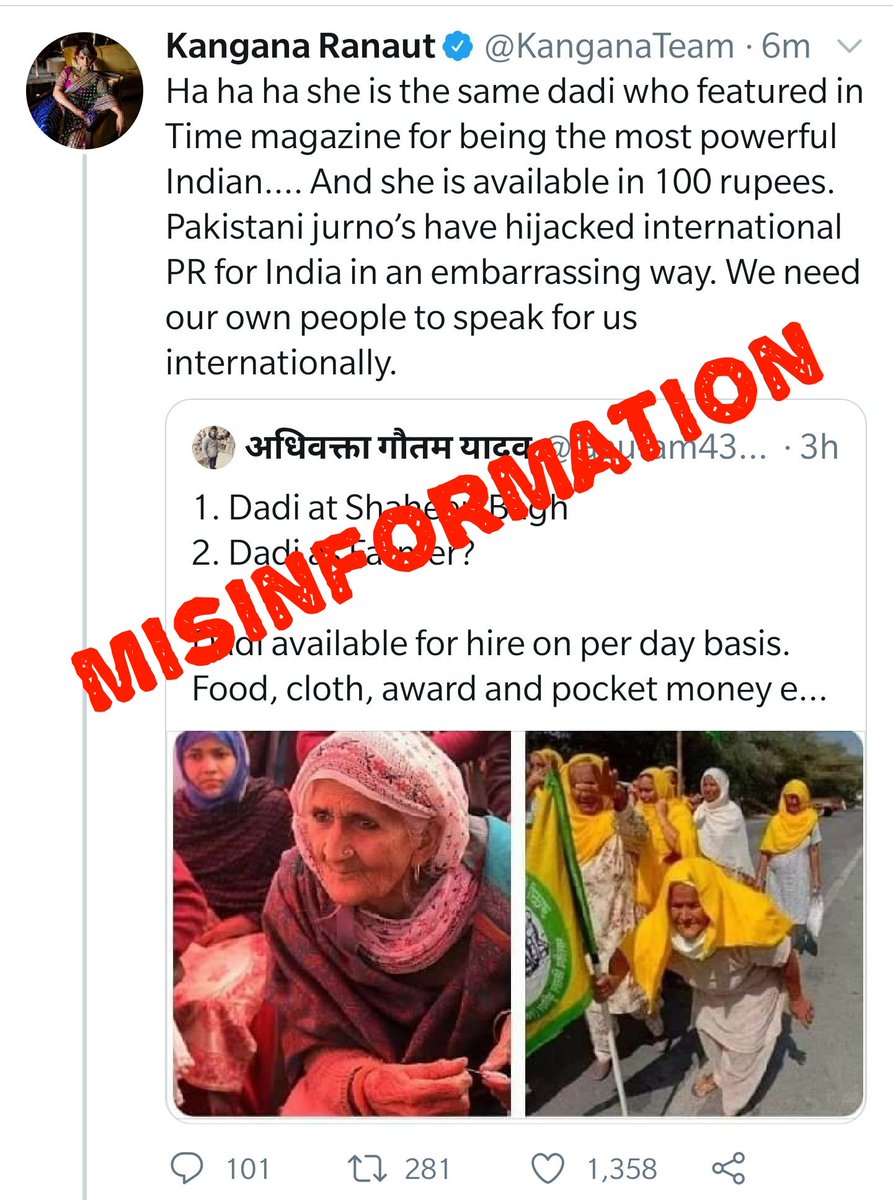
An old video of few Sikhs along with Pakistani fans raising pro-Pak, Khalistan chants during cricket World Cup match in UK is viral as farmers' protest. BJP's Priti Gandhi, Punit Agwaral shared this and later took it down. #AltNewsFactCheck 4/n
https://t.co/i2f2myjfxK
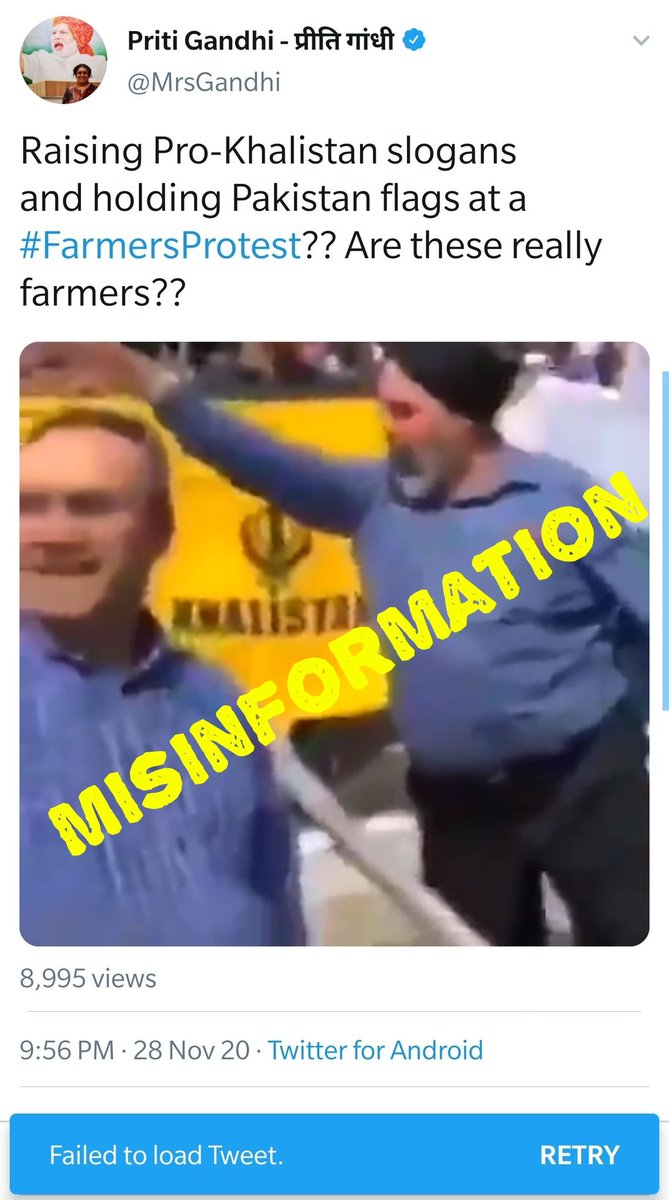
A photograph shot during anti-CAA protests in Shaheen Bagh in February has been shared with the false claim that it shows 'Hathras Bhabhi' at farmers' protest. #AltNewsFactCheck 5/n
https://t.co/ucZ6s44j5U
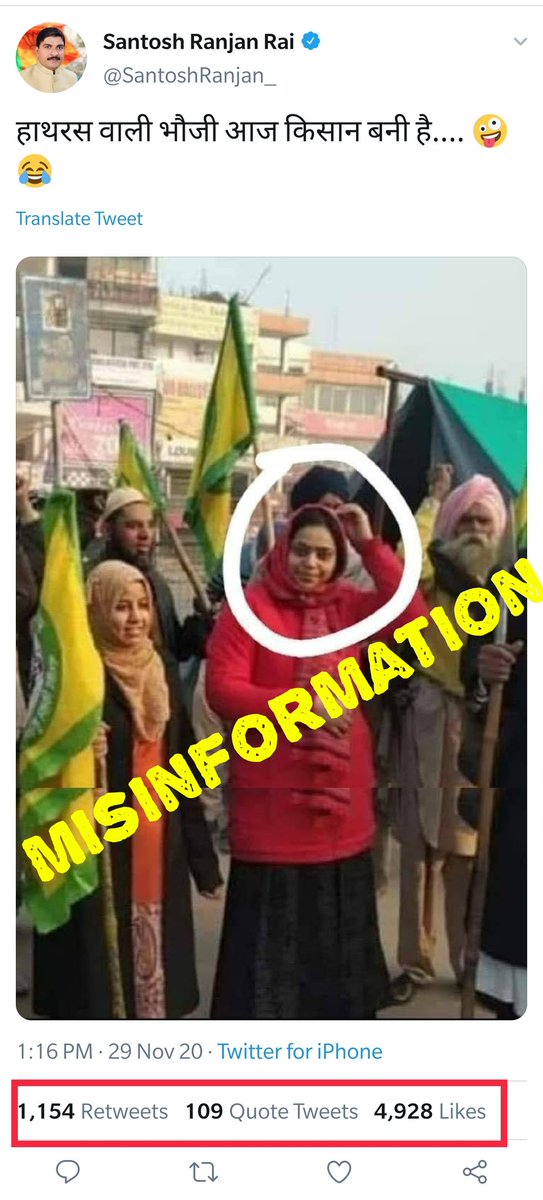
Since Farmers protest, Troll Army has been hyperactive digging out old and unrelated vidoes/images and linking it to Farmers protest to demean the protesters. Just like they did for CAA/NRC protesters in Dec-Feb.
Here are a few #AltNewsFactCheck
1/n
A photo that predates both the farmers' protest and the introduction of agricultural reform ordinances approved in June was falsely shared as Muslim man disguised as Sikh to participate in the agitation. #AltNewsFactCheck
2/n
https://t.co/y37jn81Gw9

A photo of an elderly woman participating in a farmers' protest in Punjab in October was shared with the false claim that she is 'Shaheen Bagh Dadi' Bilkis Bano who was present in the recent farmers' protest. #AltNewsFactCheck 3/n
https://t.co/VU524UGTw4

An old video of few Sikhs along with Pakistani fans raising pro-Pak, Khalistan chants during cricket World Cup match in UK is viral as farmers' protest. BJP's Priti Gandhi, Punit Agwaral shared this and later took it down. #AltNewsFactCheck 4/n
https://t.co/i2f2myjfxK

A photograph shot during anti-CAA protests in Shaheen Bagh in February has been shared with the false claim that it shows 'Hathras Bhabhi' at farmers' protest. #AltNewsFactCheck 5/n
https://t.co/ucZ6s44j5U










